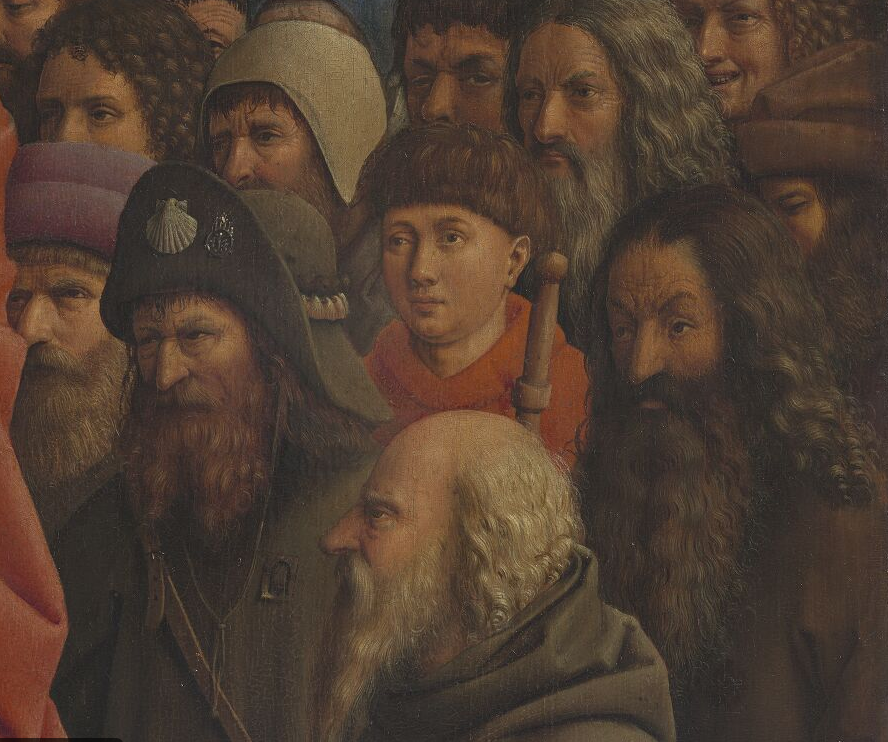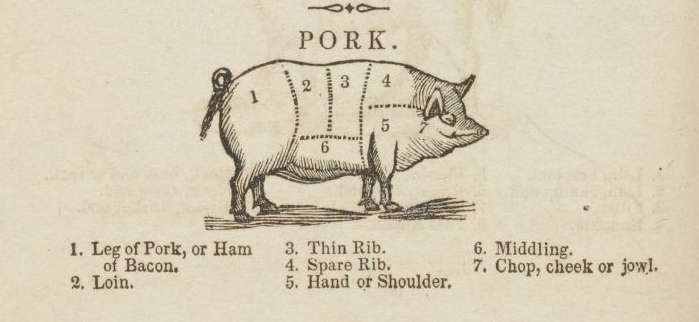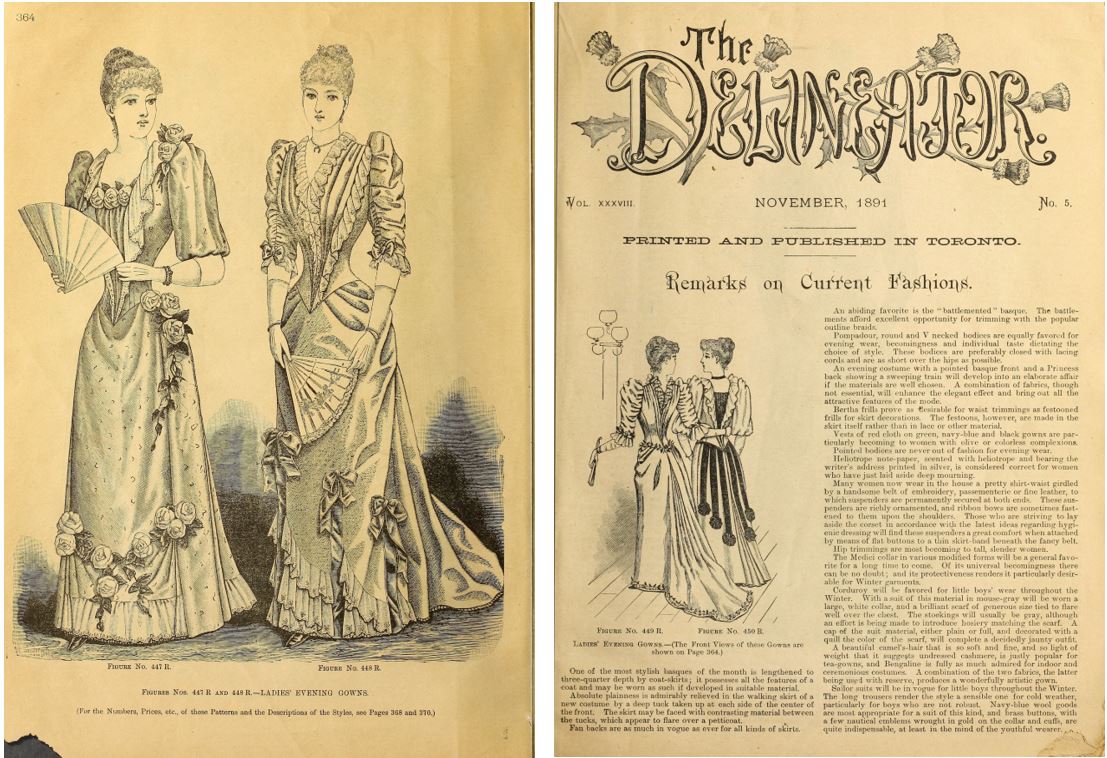Manners were changing in the 1920s, but did everyone act like a flapper? Or did people prefer the old-fashioned advice of the late 1800s, codified by Mary Elisabeth Wilson Sherwood in Etiquette, The American Code of Manners and hundreds of other nineteenth-century etiquette books? In reality, both were practiced depending on one’s age, location, and situation. New social customs are not adopted by everyone at the same time, or for the same reasons.
The conflicting views of proper etiquette in the 1920s are demonstrated by Lorelei Lee, a flapper and the main character in the 1925 novel Gentlemen Prefer Blondes: The Illuminating Diary of a Professional Lady by Anita Loos. Lorelei pretends to follow the “old” manners when they best suit her purpose, but she is really living the free life of a flapper.
To Lorelei, etiquette was something a girl with working-class background like herself used to get ahead in life. A similar attitude was outlined in Lillian Eichler’s Book of Etiquette (1921). Chapter 2, entitled “Etiquette’s Reward” is excerpted below and summarizes Lorelei’s goal. Eichler was just eighteen when she published her etiquette advice, blending the old and the new attitudes.
Everyone loves to mingle with cultured, well-bred people; with brilliant and celebrated individuals. Everyone loves to attend elaborate social functions where the gay gowns of beautiful women are only less charming and impressive than their faultless manners. But it is not everyone who can be admitted to these inner portals of good society.
It is a well-known truth that manners rather than wealth decide social rank. A man may be fabulously wealthy, but if he does not know how to act, how to dress and speak, he will not be respected. American society has rules of its own, and those who are not willing to learn these laws are shunned, banished. Etiquette is the wall which divides the cultured from the uncultured, which keeps the ill-bred out of the circles where they would be awkward and uncomfortable, and where they would undoubtedly cause mortification to others.
On the other hand, to know these rules of good conduct is to be admitted to the highest circles of society. To know that one is correct banishes at once all uncertainty, all embarrassment. And one mingles with perfectly-mannered people, calm in the assurance that one knows just what is correct, and that no matter what happens one can do or say nothing to reflect on one’s breeding. p. 13
Flappers in Novels
By the way, Gentlemen Prefer Blondes: The Illuminating Diary of a Professional Lady is hilarious – read it! The 1953 movie with Marilyn Monroe and Jane Russell was based on a 1949 musical, based on the novel. The movie is good, but it is set in the 1950s and VERY different from the novel set in the 1920s.
To learn more:

- Read more about the history of etiquette & manners by this author – Exploring Vacation and Etiquette Themes
- Coslovi, Marina, “Why Blondes Need Manners? ‘Gentlemen Prefer Blondes’ and the Uses of Etiquette” South Atlantic Review, Vol. 76, No. 2 (Spring 2011), pp. 109-129. Stable URL: http://www.jstor.org/stable/43050925
- Gentlemen Prefer Blonds Comic Strip
Header Image: “Man seated at piano, surrounded by group of glamorous girls (flappers), Washington, D.C,” 1923. Courtesy of the Library of Congress.



